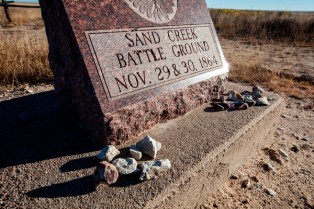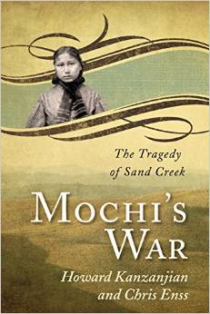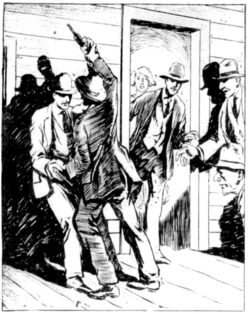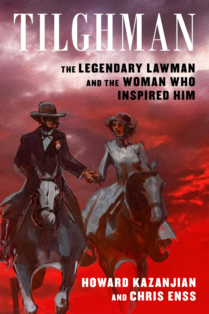Enter now to win a copy of
Mochi’s War: The Tragedy of Sand Creek
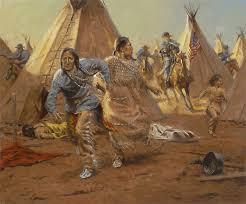
The controversial surprise attack upon a camp of Cheyenne and Arapaho people in southeastern Colorado Territory by a force of more than 670 U. S. troops, most Colorado volunteers, under Col. John M. Chivington is know as the Sand Creek Massacre. The number reportedly killed at Sand Creek varies widely from 63 people to 200. Most historians agree that the death toll was around 160.
Black Kettle, a prominent Cheyenne leader, believed he had entered into a peace agreement with the United States Army and that he and his people were safe. Historians say that when the first shots were fired on the camp, Black Kettle raised an American flag and a white cloth of truce to signal the desire to talk peace.
A warrior was born out of the tragedy at Sand Creek—one that would live only to see her slain family avenged. The Cheyenne Indian woman driven to violent and desperate measures was named Mochi. For more than ten years, she engaged in raiding and warfare against the United States government along with her husband, Medicine Water. These Cheyenne renegades became two of the most feared Indians in the American West.
“The Cheyenne hated a liar as a devil hates Holy water,” Indian agent Captain Percival G. Lowe wrote in his memoirs in 1896 about the uprising of Mochi and the other outraged Indians who survived the Sand Creek Massacre. “And that is why when they came to know him they hated the white man. They did not crave stealthy murder but wanted their enemies to die an overt and brutal death over what happened on the Sand Creek.”
The events at Sand Creek motivated Mochi to embark on a decade-long reign of terror. With each raid she remembered the horror of the massacre, and it goaded her on to commit brutal outrages on those encroaching on Indian soil. The war between the Indians and the government lasted ten years after the Sand Creek Massacre occurred. Mochi’s war ended with her arrest and imprisonment in 1874.
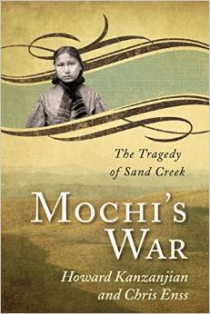
Mochi's War: Tragedy of Sand Creek
I'm looking forward to hearing from you! Please fill out this form and I will get in touch with you if you are the winner.
Join my email news list to enter the giveaway.
"*" indicates required fields

